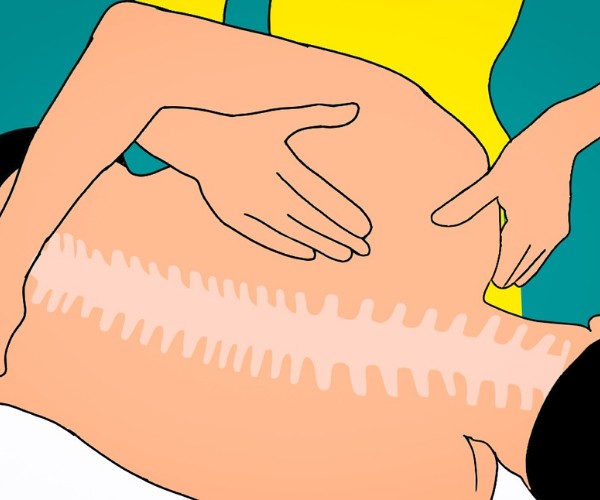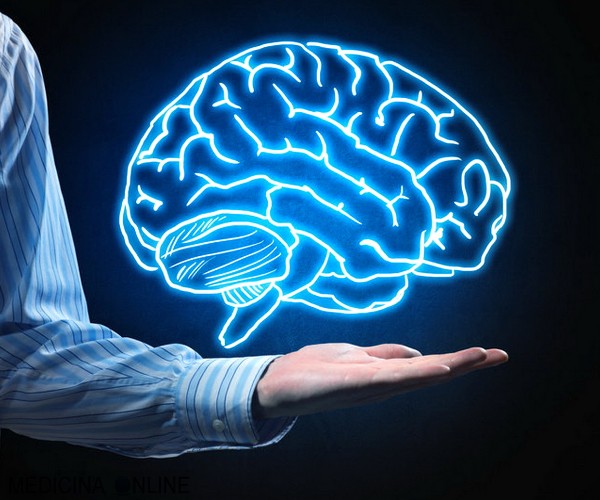DEMENCY is an organically based disturbance of previously acquired intellectual functions: memory (short- and long-term), critical and judgment skills, language, and spatio-temporal orientation.
Today, nearly 50 million people worldwide have some form of dementia, and this figure is set to rise to 75 million by 2030 and to 132 million by 2050, largely related to the aging of the population.
Dementia causes not only disability and dependence for people with the disorder, but it can also have a profoundly negative effect on family members e on all those who care for the affected person and who are at high risk of developing depression and anxiety disorders.
MAIN FORMS OF DEMENTIA
The Alzheimer’s disease
(AD) is the most common form of dementia. È 1906 the first description of the disease, by Alois Alzheimer: it concerned a 51-year-old woman, who presented simultaneously with cognitive deficits, psychiatric disorders and brain lesions ..
The disease affects 6 % of people over the age of 65 and 30 % of People over 80 years of age. It has a progressive course and the affected person survives for a maximum of 8-10 years. It is characterized by cerebral atrophy with significant reduction of the number of neuronal cells and synapses. In the brains of affected people, it is possible to detect the so-called senile plaques within which it is possible to detect, among other things, a toxic substance, the beta amyloid.
The disease begins with cognitive impairment e behavioral and the first symptom is usually impairment of recent memory. Next, other functions such as theattention, the concentration, l’abstraction, the skills of criticism and judgment, temporal-spatial orientation. In the more advanced stages, the following appear neurological deficits, such as difficulty in speaking particularly in naming objects (aphasia), difficulty in swallowing , (dysphagia) and in the final stages loss of autonomy.
Other diseases that cause progressive cognitive impairment include.
– The Lewy body dementia
is the second leading cause of dementia with between 10 and 20 percent of all dementia cases. The diagnostic criteria for LBD include a progressive dementia, visual hallucinations, parkinsonism and orthostatic hypotension..
– The hallucinations
are mostly visual, described as vivid, colorful and well-structured and, for this reason, also referred to as cinematic hallucinations. From a histological point of view, the pathology is characterized by the presence in the brain of Lewy bodies, intra-cytoplasmic inclusions consisting of alpha-synuclein
– The Fronto-temporal dementia
appears earlier than Alzheimer’s disease and can affect very young subjects even in their 30s with an average The prevalence in the population European population around the age of 60 years. It is characterized by progressive degeneration of certain brain districts such as the frontal and temporal lobes With cognitive decline and behavioral disturbances.
– The Vascular dementia: Cognitive impairment is related to impairment of brain structures by vascular pathologies, such as cerebral strokes, ischemic or hemorrhagic, or from lesions multiple lacunar related to pathologies of the small cerebral vessels. In many cases one can witness a “stepwise trend“, with sudden worsening related to new cerebrovascular events.
In elderly individuals, the vascular dementia can coexist with the typical signs of Alzheimer’s disease. This is the so-called mixed dementia that reflects the features of both AD and vascular dementia.
Given the initial difficulty of making a certainty diagnosis of Alzheimer‘s Disease: paricularly, efforts are being made to develop blood investigations aimed at revealing in the blood the presence of toxic substances such as beta-amyloid linked to Alzheimer’s disease. Although the accuracy is in recent studies close to 90%, the following are not to be ruled out false positives and false negatives. Can be used of the brain scans, but these in addition to being expensive have so far yielded contradictory results.
The main purpose of these investigations is primarily to arrive at an early diagnosis Of the disease. In fact, Alzheimer’s disease begins years before patients present with symptoms of memory loss.
The fundamental key to treating dementia is to diagnose the disease early before there is permanent loss of brain cells: Starting treatments in the disease stage could be completely futile
Although there is currently no treatment to modify the course of Alzheimer’s disease, identifying subjects at an early stage of the disease could also be useful in clinical trials because one could people are suitable for clinical trials and assess whether amyloid levels are amenable to change.
Lifestyles and prevention of Alzheimer’s disease (Lancet Commission on dementia prevention, intervention and care
. December 2017).
-
Occurrence of hearing loss in middle age – responsible for 9% of the risk
-
Low level of secondary education – 8%
-
Cigarette smoking – 5%
-
Presence of inadequately treated mood depression – 4%
-
Physical inactivity – 3%
-
Social isolation – 2%
-
Arterial hypertension – 2%
-
Obesity – 1%
-
Type 2 diabetes mellitus – 1%
-
These risk factors, which are described as potentially modifiable, affect up to 35 percent. Another 65% of dementia risk is in the potentially unmodifiable state


































































































